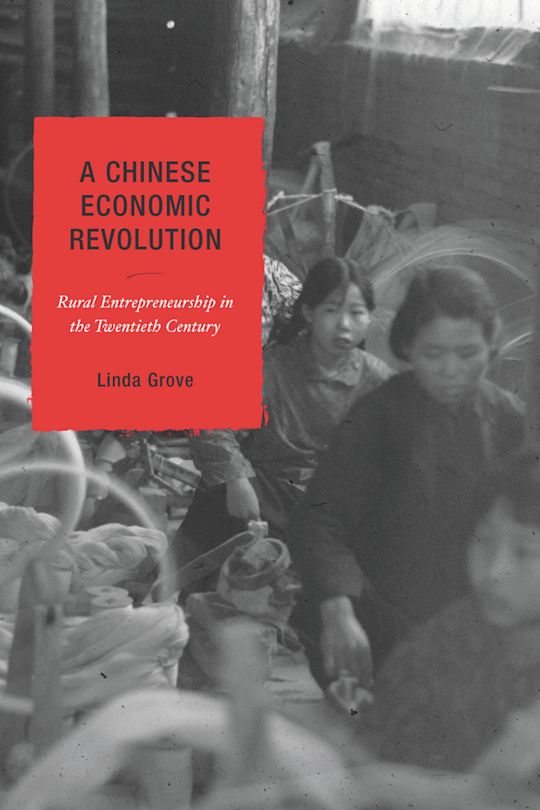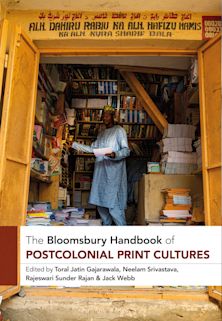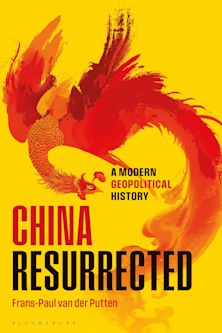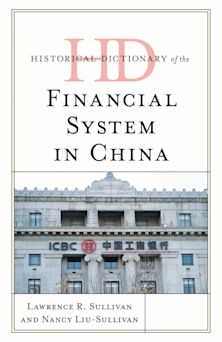- Home
- ACADEMIC
- History
- Asian History
- A Chinese Economic Revolution
A Chinese Economic Revolution
Rural Entrepreneurship in the Twentieth Century
A Chinese Economic Revolution
Rural Entrepreneurship in the Twentieth Century
You must sign in to add this item to your wishlist. Please sign in or create an account
Description
This powerful and meticulously researched study explores the role of rural industry and entrepreneurship in the Chinese economic miracle. Linda Grove considers especially the development of the Gaoyang industrial district, China's best-known rural industrial district of the pre–World War II period. By focusing on one weaving district in North China, she is able to explore in detail the ways in which small industrial firms have accumulated capital, organized their firms, developed nationwide marketing networks, and promoted brands over the last century. Cutting across the conventional divide between studies of "history" and "contemporary economy" and between pre- and post-1949 China, the author persuasively shows the links between traditional Chinese business practices and contemporary entrepreneurial success.
The first book in English to explore the world of small-scale business firms in China, it introduces the activities of individual entrepreneurs and firms and examines the structure of industrial organization that has supported the rapid growth of individual firms. Based on several decades of archival research, surveys, and fieldwork, A Chinese Economic Revolution provides an in-depth exploration of Chinese rural industry. Framed by the author's extensive familiarity with rural industrial development in Japan, India, and Europe, the book also offers important comparative perspectives for those interested in global economic history, postsocialist economic performance, and economic development strategies.
Table of Contents
Chapter 1: Introduction
Chapter 2: Creating an Industrial District
Chapter 3: Gaoyang Entrepreneurs
Chapter 4: Rural Weavers
Chapter 5: Marketing Networks
Chapter 6: Communal Resources
Chapter 7: Wartime Collapse
Part II
Chapter 8: Introduction
Chapter 9: From Market to Plan: The Second Phase of Growth
Chapter 10: Plan to Market: The Third Phase of Growth
Chapter 11: Entrepreneurial Legacies in Contemporary Firms
Chapter 12: Conclusion
Product details
| Published | 12 Oct 2006 |
|---|---|
| Format | Ebook (PDF) |
| Edition | 1st |
| Extent | 1 |
| ISBN | 9798881870843 |
| Imprint | Rowman & Littlefield Publishers |
| Series | State & Society in East Asia |
| Publisher | Bloomsbury Publishing |
About the contributors
Reviews
-
Relying on archival sources and fieldwork, Grove provides a detailed discussion of twentieth-century development of industry in the Gaoyang industrial district in the context of the changing political economy of China. . . . Grove's study shows that the more localized instances of the Mao-era socialist state, as well as economic practices that predate the 1949 revolution, both remain important elements in the contemporary economic landscape. Recommended.
Choice Reviews
-
Grove's work makes an important contribution by bringing history back into a current debate on China's rural industrialization that has been focused on the reform era. . . . Grove forcefully reminds us of not only the historical significance of China's early experience with rural industrialization but the meaningful links between the early experience and present-day development of rural enterprises. . . . This book is well-written, persuasively argued, and carefully grounded on research efforts. It should be read by people who are interested in modern China's rural industrialization, business practices, and economic history.
China Quarterly
-
This book is a valuable source for scholars who study the history of smalltown and rural industry development in China. It is able to cover a long time span by drawing on multiple sources of information.
The China Journal
-
From years of research in documents and on site, Linda Grove has produced the most persuasive account of rural industrialization in twentieth-century China that we have. Analyzing economic practices at the level of the firm as well as within the district, she shows how very connected the dynamics of industrial growth have been in widely separated decades. Anyone reading this book will no longer be able to assume that industrialization is largely a reform-era, urban phenomenon that is simply making the Chinese economy look like those of advanced industrial societies.
R. Bin Wong, University of California, Los Angeles

ONLINE RESOURCES
Bloomsbury Collections
This book is available on Bloomsbury Collections where your library has access.



































